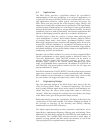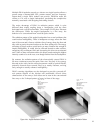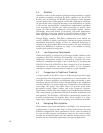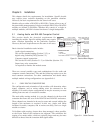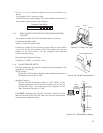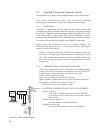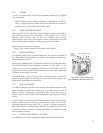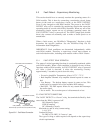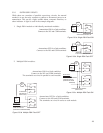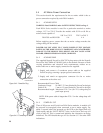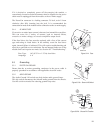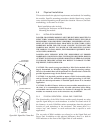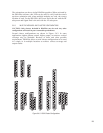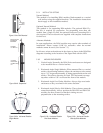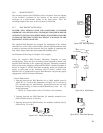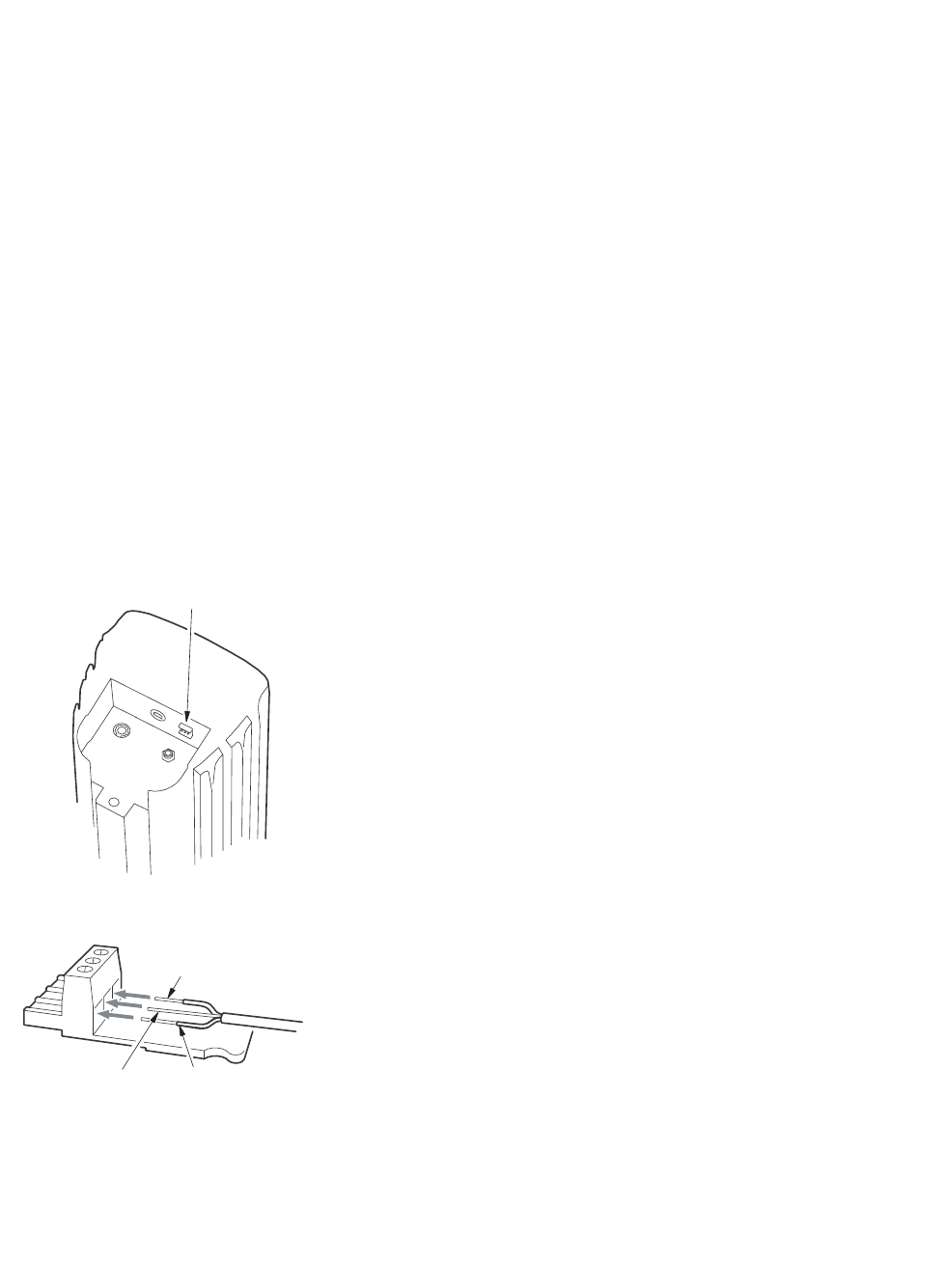
5.3 Fault Detect - Supervisory Monitoring
This section details how to remotely monitor the operating status of a
DSAi module. This is done by connecting a monitoring circuit, better
known in the trade as a supervisory circuit, to the FAULT DETECT
Form C relay integral to each DSAi module. The power to the FAULT
DETECT relay coil is controlled by monitoring circuits that report the
operating status of several critical DSAi functions. When any one of the
monitoring circuits reports an out of tolerance operating status, the
FAULT DETECT relay is powered off. The SPDT (single-pole, double
throw) dry contacts are normally used to make or break power to an
annunciator.
When a fault occurs, use DSAPilot's "Diagnostics" function to help
determine the specific problem. See the DSAPilot Help file for
information about Diagnostics.
IMPORTANT: Fault conditions are determined independently within
each DSAi module. Therefore, a supervisory circuit must connect to
each individual module, including each module within a DSAi Cluster.
5.3.1 FAULT DETECT RELAY OPERATION
The status of critical operating functions is continually monitored within
each DSAi module. When a fault condition is detected for any of these
functions within a DSAi module, its FAULT DETECT relay is powered
off. After a fault is detected, it takes the monitoring circuitry
approximately 2 seconds to power down the relay.
• Excessive Amplifier Temperature: Above 167° F / 75° C.
• Bad Amplifier Channel: Any amplifier channel reports its status as
bad.
• Low Battery: The backup battery reports its status as low. This
could lead to a potential loss of the modules DSP settings.
• Bad DSP: The DSP reports failure for any reason that interrupts
the audio signal.
• No ac mains: The ac mains power is disconnected or lost.
5.3.2 FAULT DETECT CONNECTIONS
The FAULT DETECT is a Form C relay, the terminals defined by their
state when the DSAi is powered off:
NO (Normally Open)
COM (Common)
NC (Normally Closed).
Maximum ac and dc relay contact rating:
1 A @ 30 V
Conductor Gauge:
24 AWG to 18 AWG / 0.2 mm to 1 mm
The type of wiring or cable required will depend on the supervisory
circuit requirements.
18
COM (COMMON)
NC (NORMALLY CLOSED)
NO (NORMALY OPEN)
NOTE: Normally only 2 terminals are used (COM & NO or NC)
POWER END
FAULT DETECT RELAY CONNECTOR
Figure 5.3.2 Fault Detect Connection



